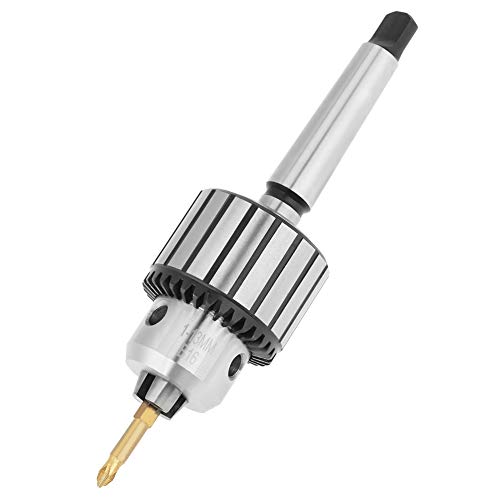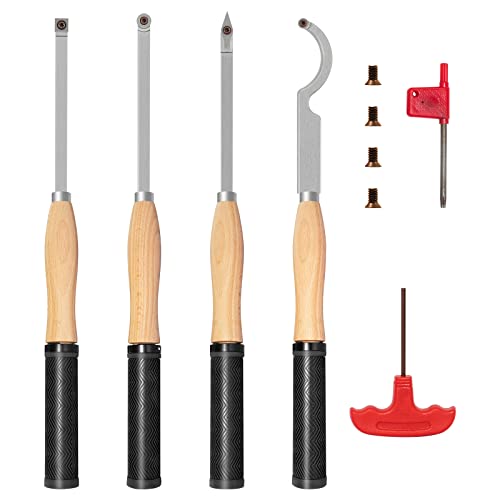ThornOfCamorr
Established Member
Good morning,
I finally managed to get a closer look at an Axminster Performance CCL I bought used a couple of weeks back. While trying it out, i noticed that the tailstock quill was rotating.
The quill has a groove which should stop it from turning. But the barrel itself does not have anything which locks into that groove (apologies, not sure how to describe it better). The tailstock lock is simply a screw. So nothing is engaging with this groove. Tightening the tailstock lock just means the screw presses against the quill, stopping it from rotating but it also won't slide in the barrel any more.
Doing some research, I found replacement tailstock locks on the axminster website, where the screw has a nose on the end which I assume would then slide into that groove. (Link: https://www.axminstertools.com/axminster-tailstock-locking-handle-600419). I'm wondering if my tailstock lock should have such a nose as well...
Would anyone who owns that lathe or has experience with it be able to shed some light on this?
Thank you
I finally managed to get a closer look at an Axminster Performance CCL I bought used a couple of weeks back. While trying it out, i noticed that the tailstock quill was rotating.
The quill has a groove which should stop it from turning. But the barrel itself does not have anything which locks into that groove (apologies, not sure how to describe it better). The tailstock lock is simply a screw. So nothing is engaging with this groove. Tightening the tailstock lock just means the screw presses against the quill, stopping it from rotating but it also won't slide in the barrel any more.
Doing some research, I found replacement tailstock locks on the axminster website, where the screw has a nose on the end which I assume would then slide into that groove. (Link: https://www.axminstertools.com/axminster-tailstock-locking-handle-600419). I'm wondering if my tailstock lock should have such a nose as well...
Would anyone who owns that lathe or has experience with it be able to shed some light on this?
Thank you

























